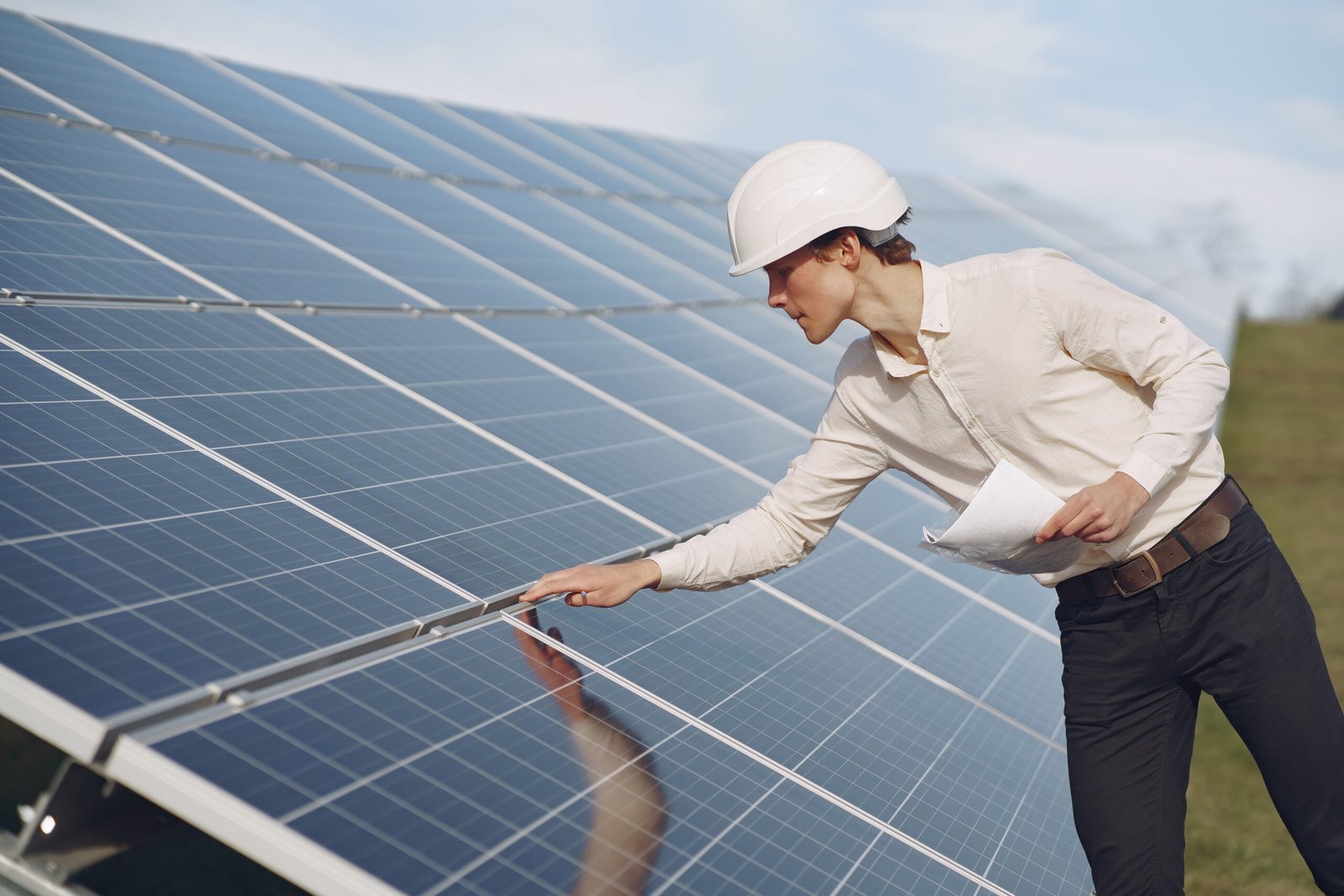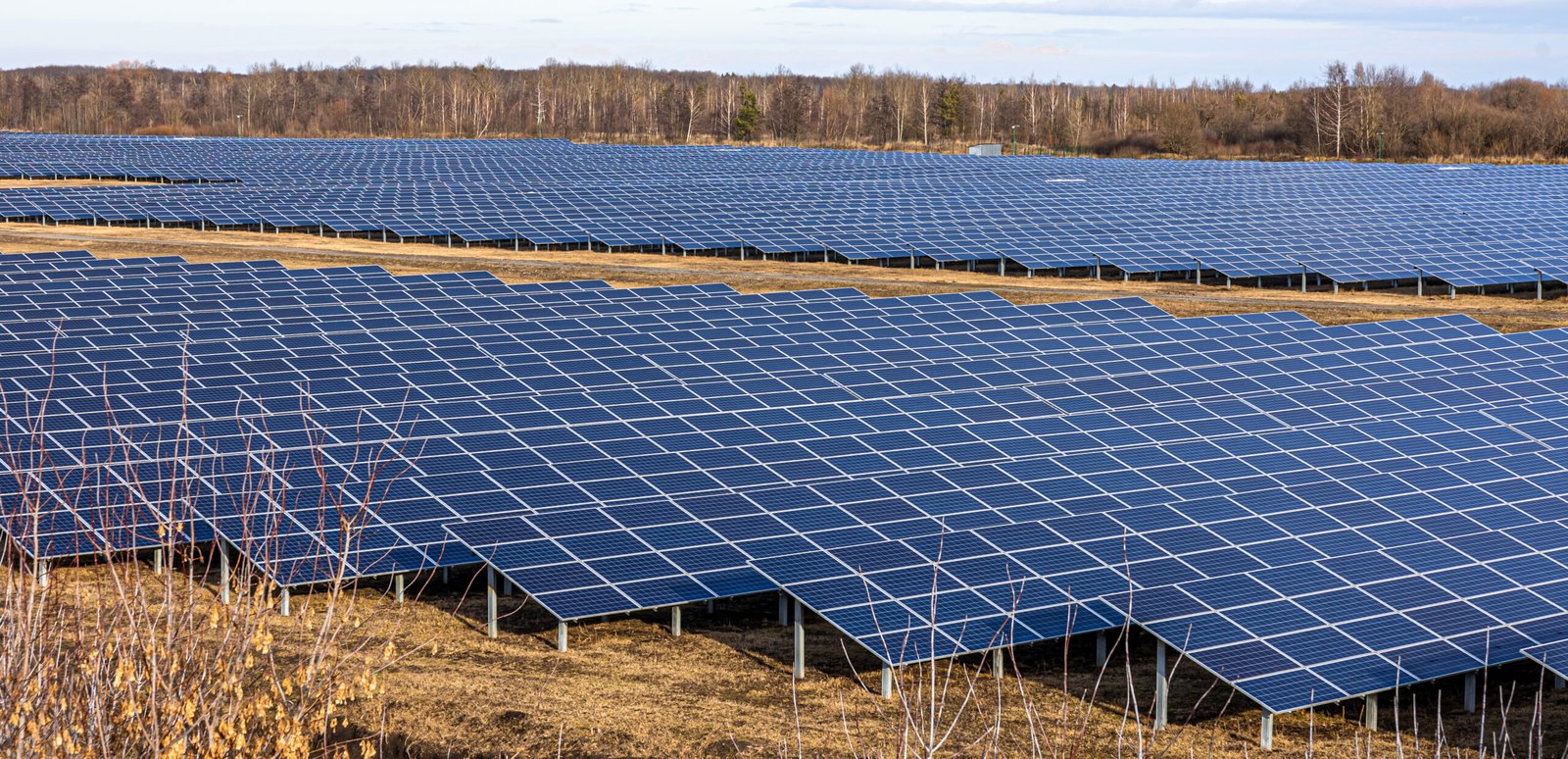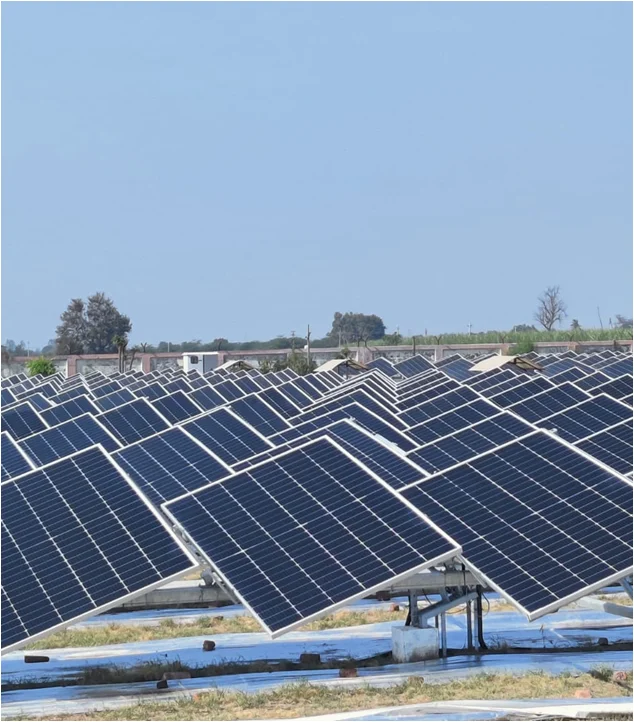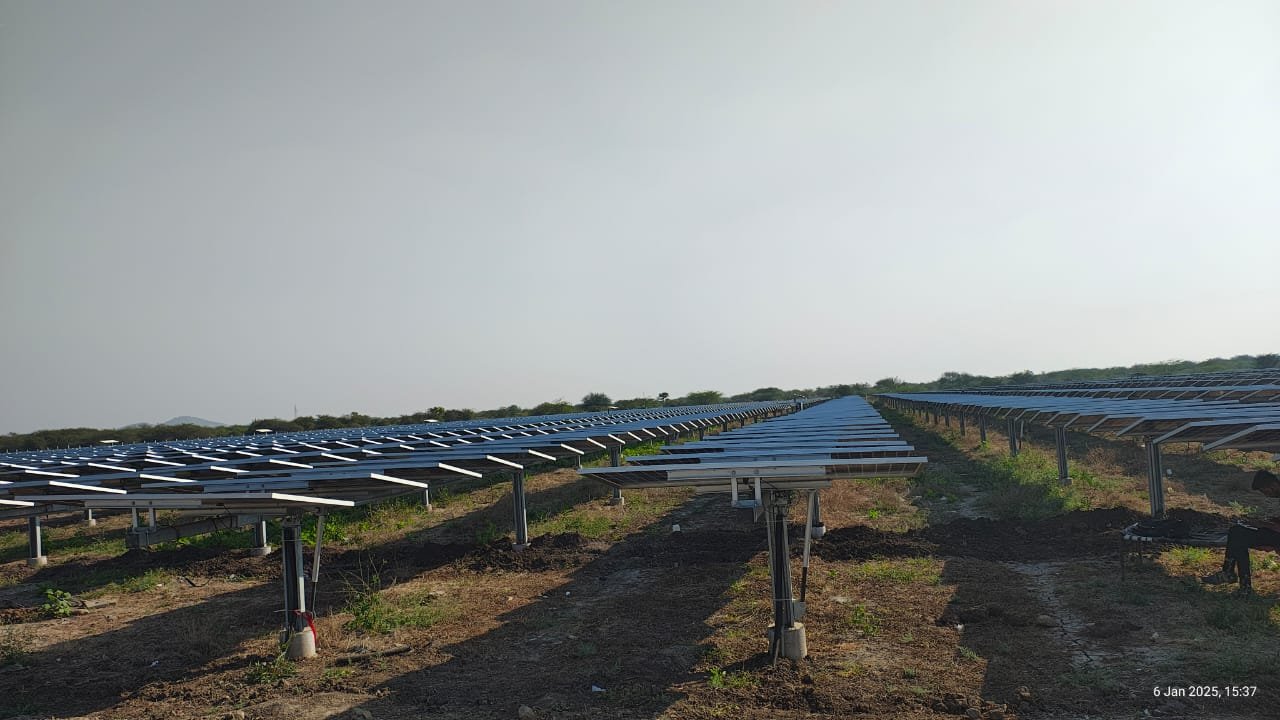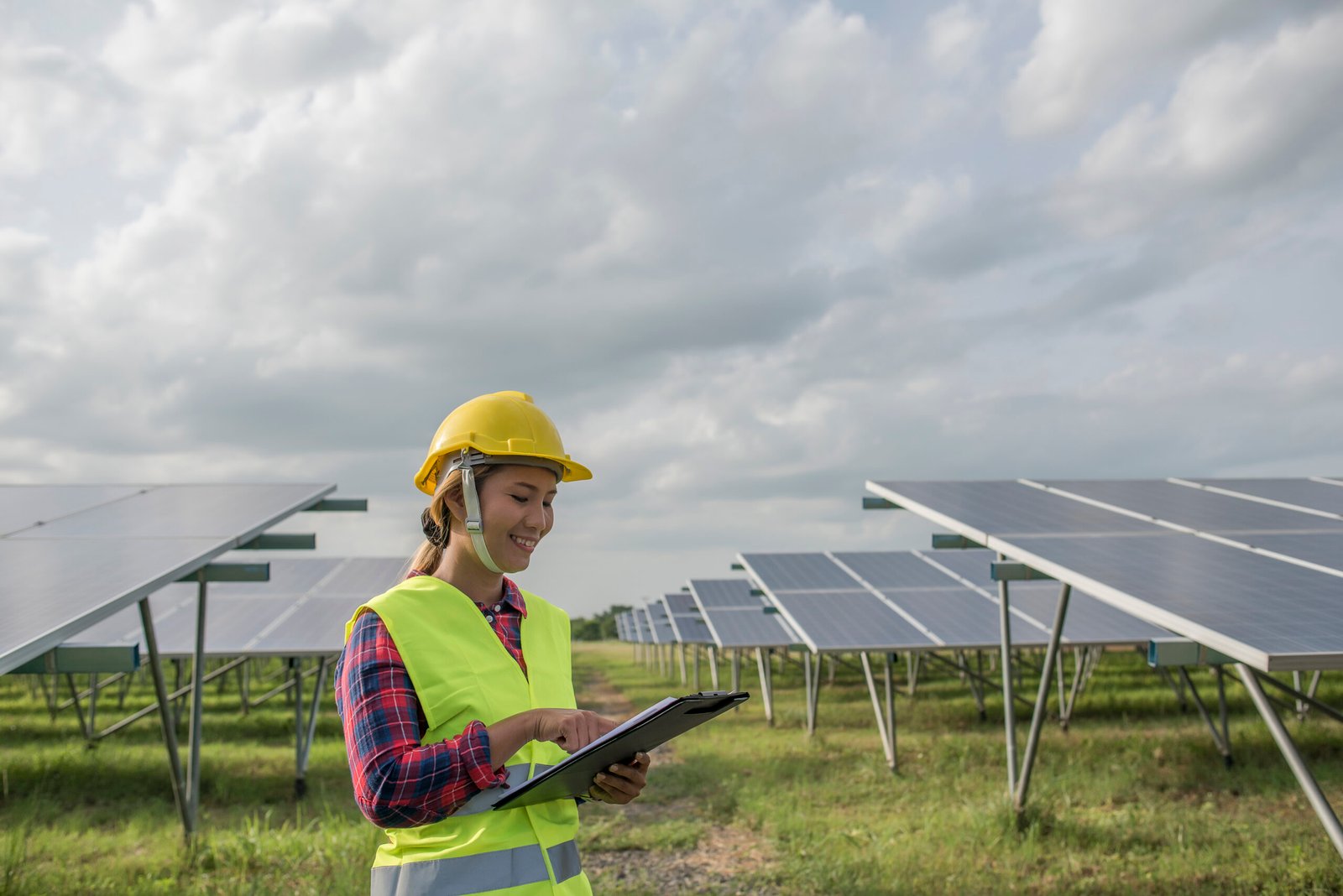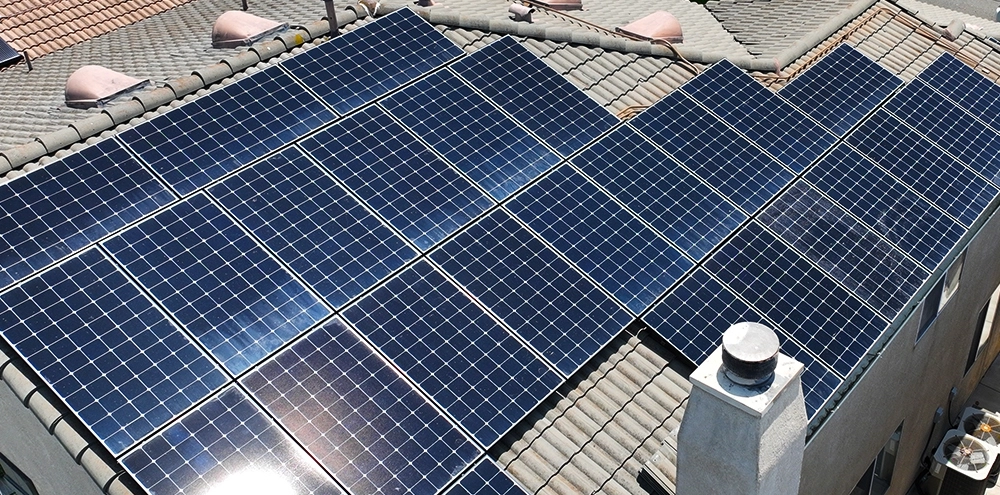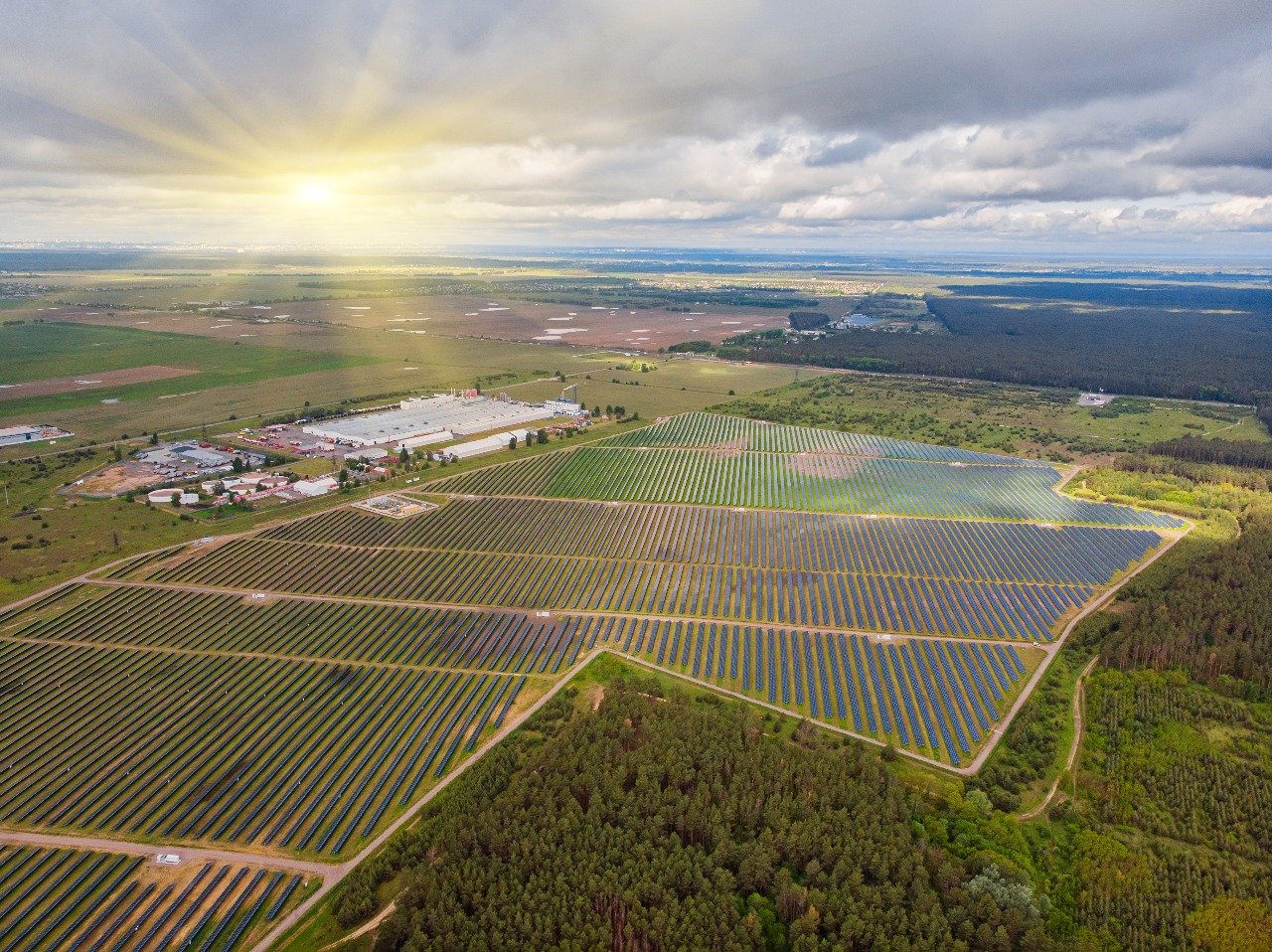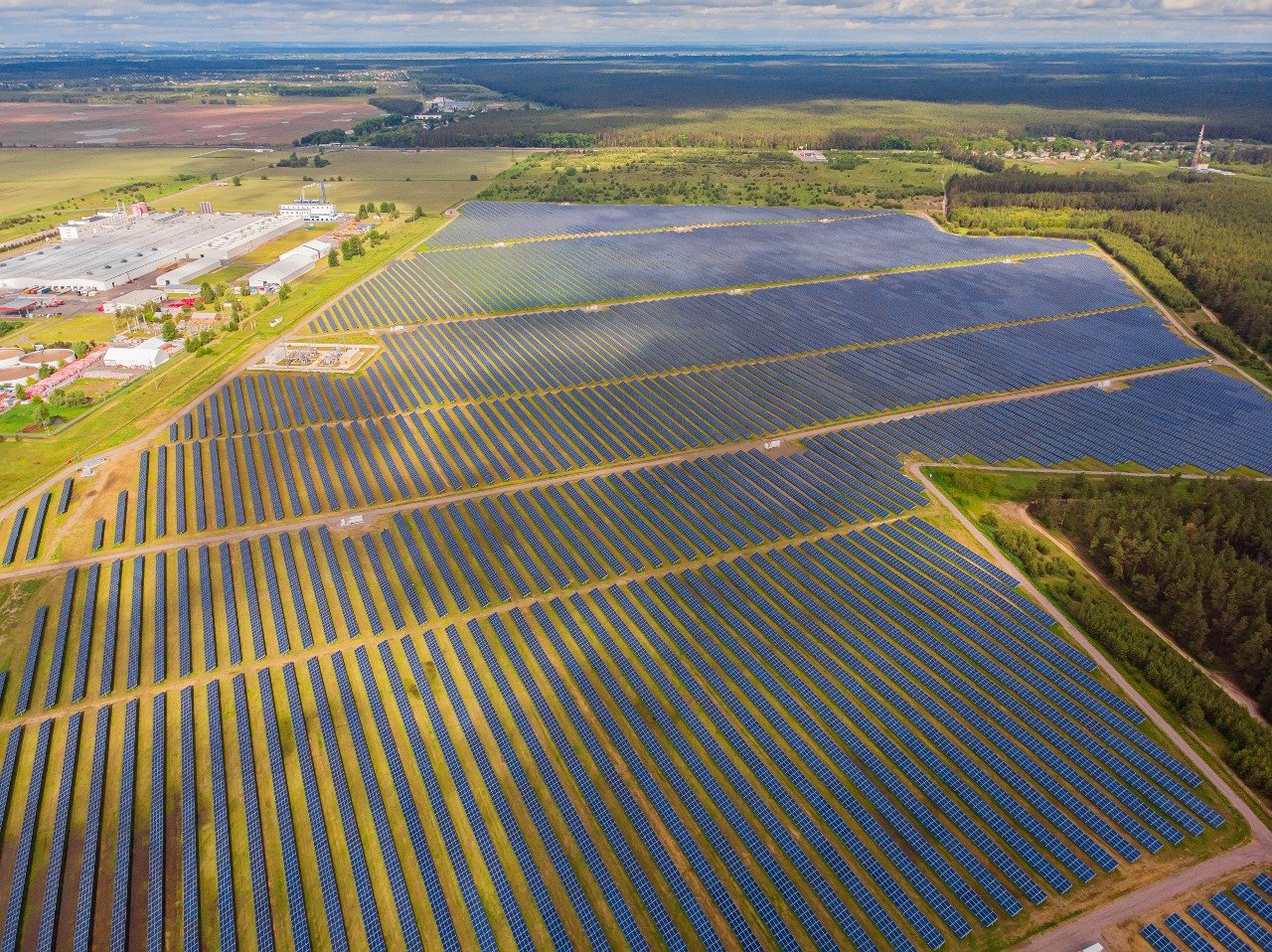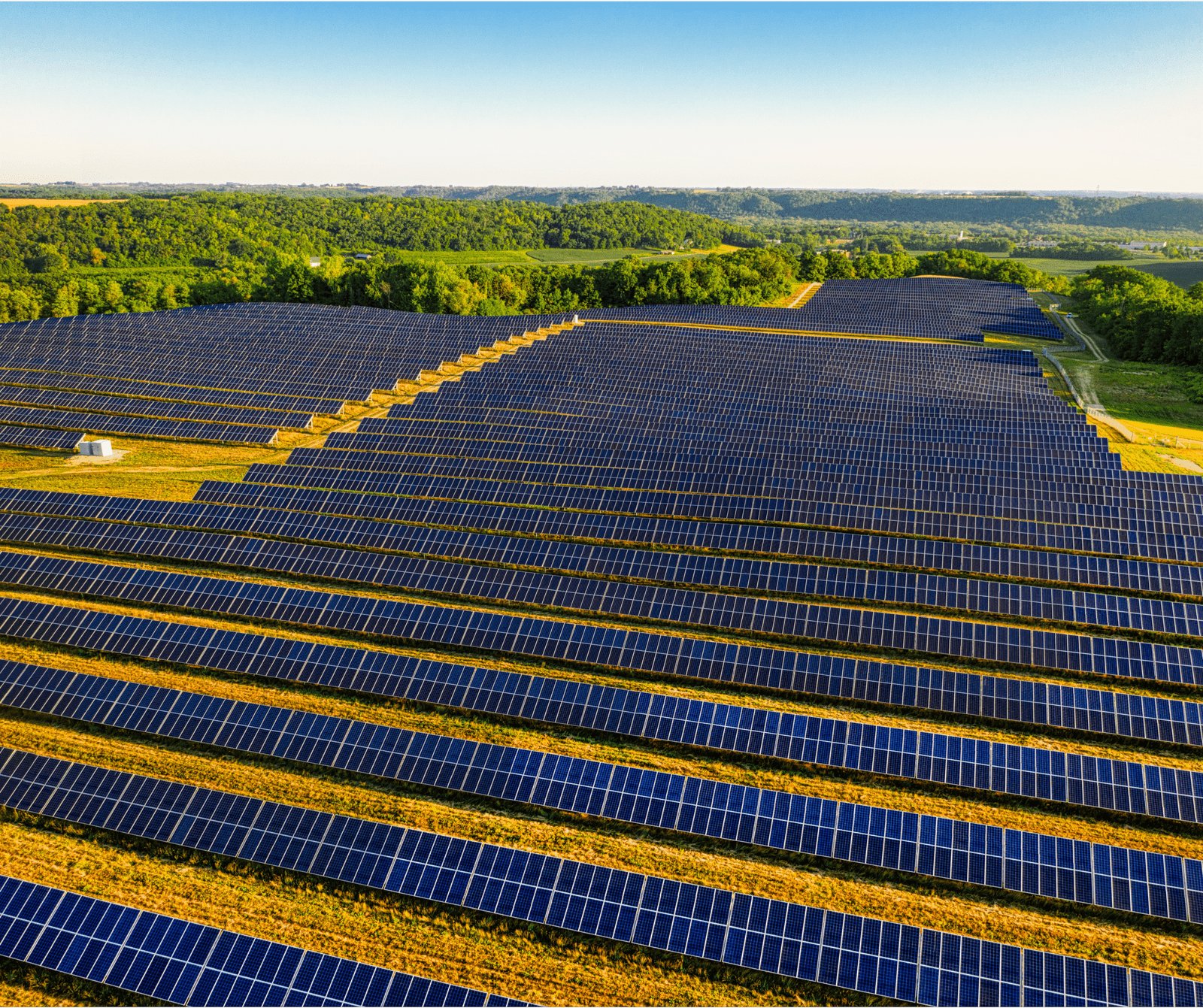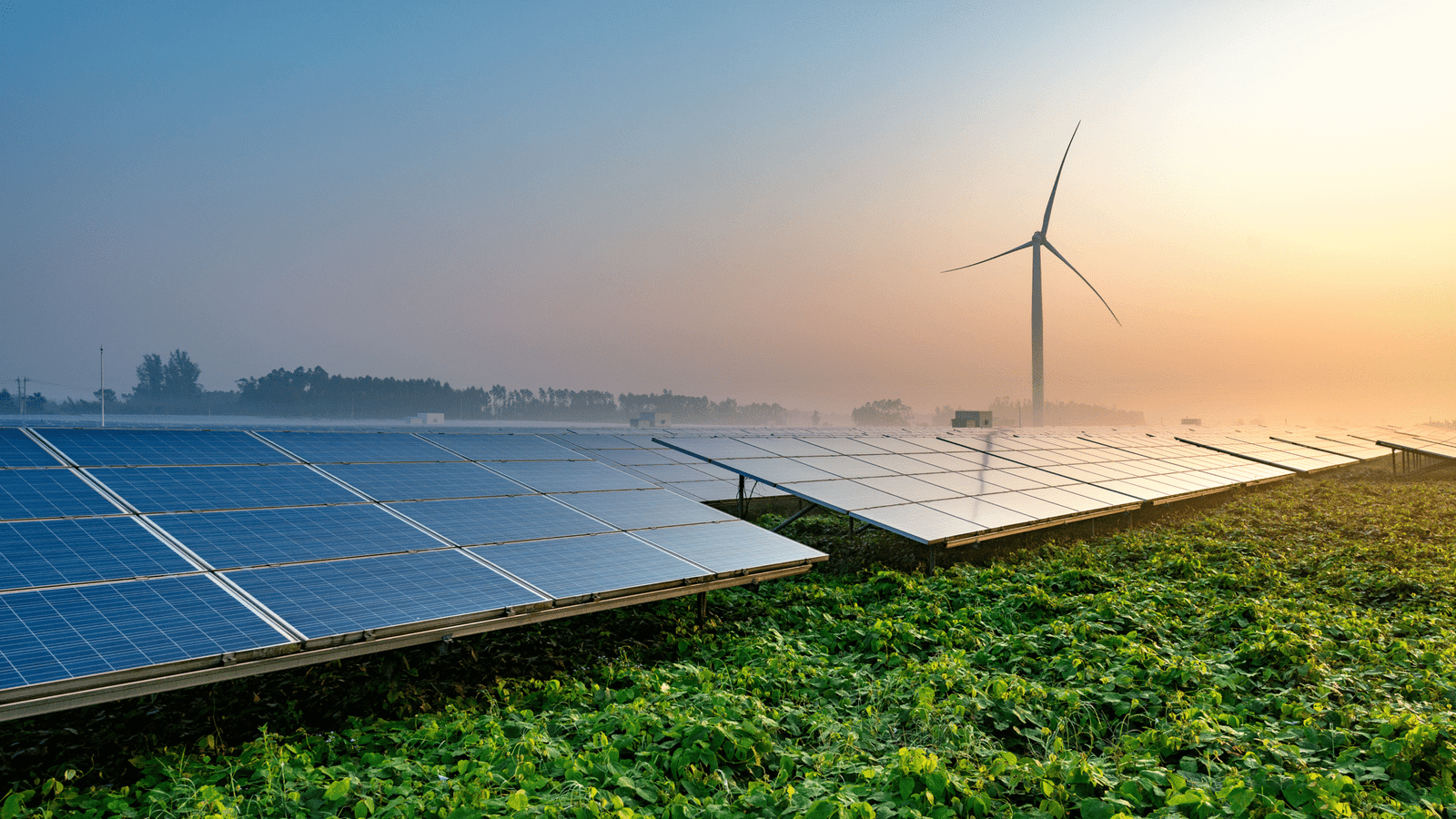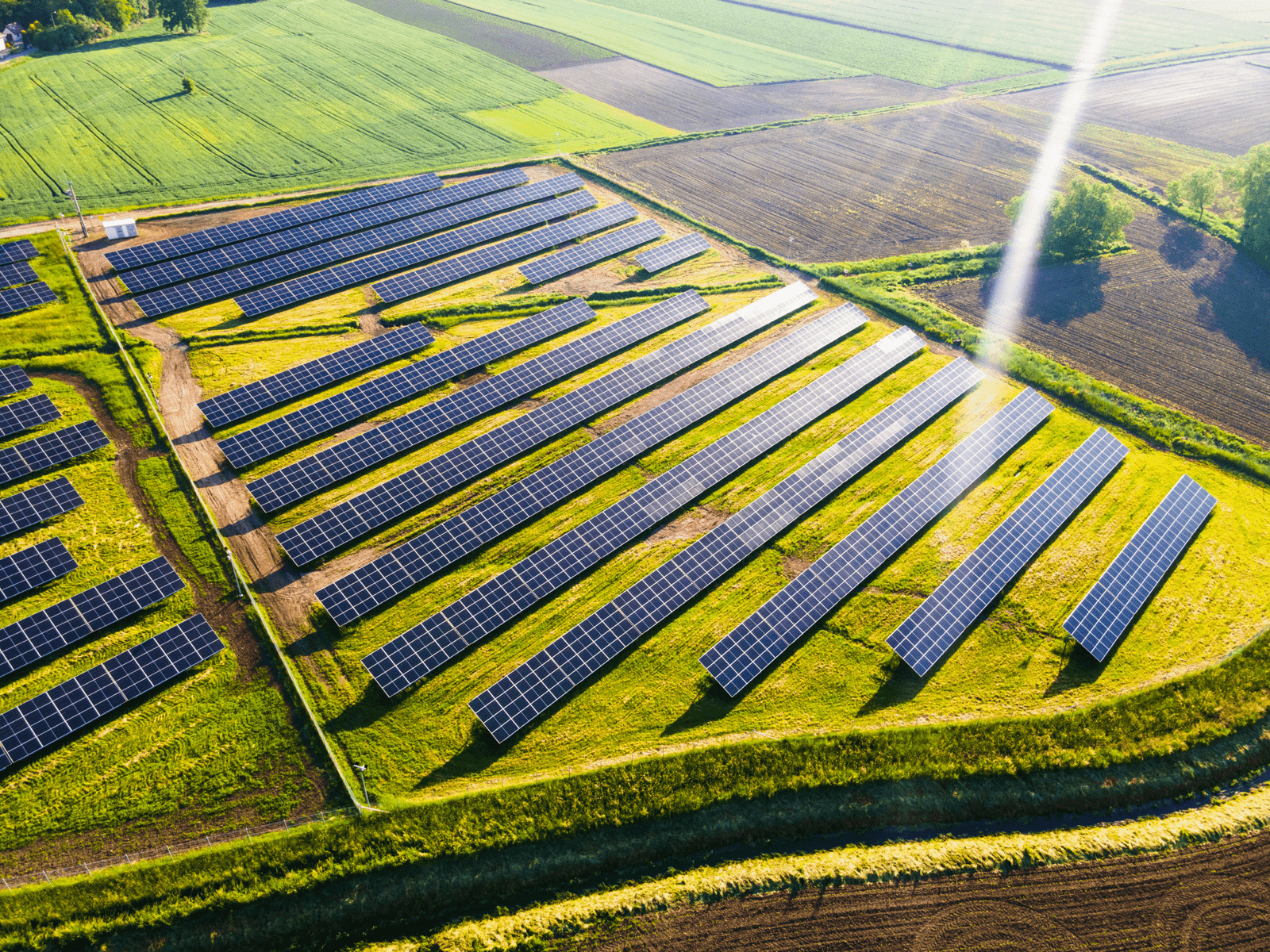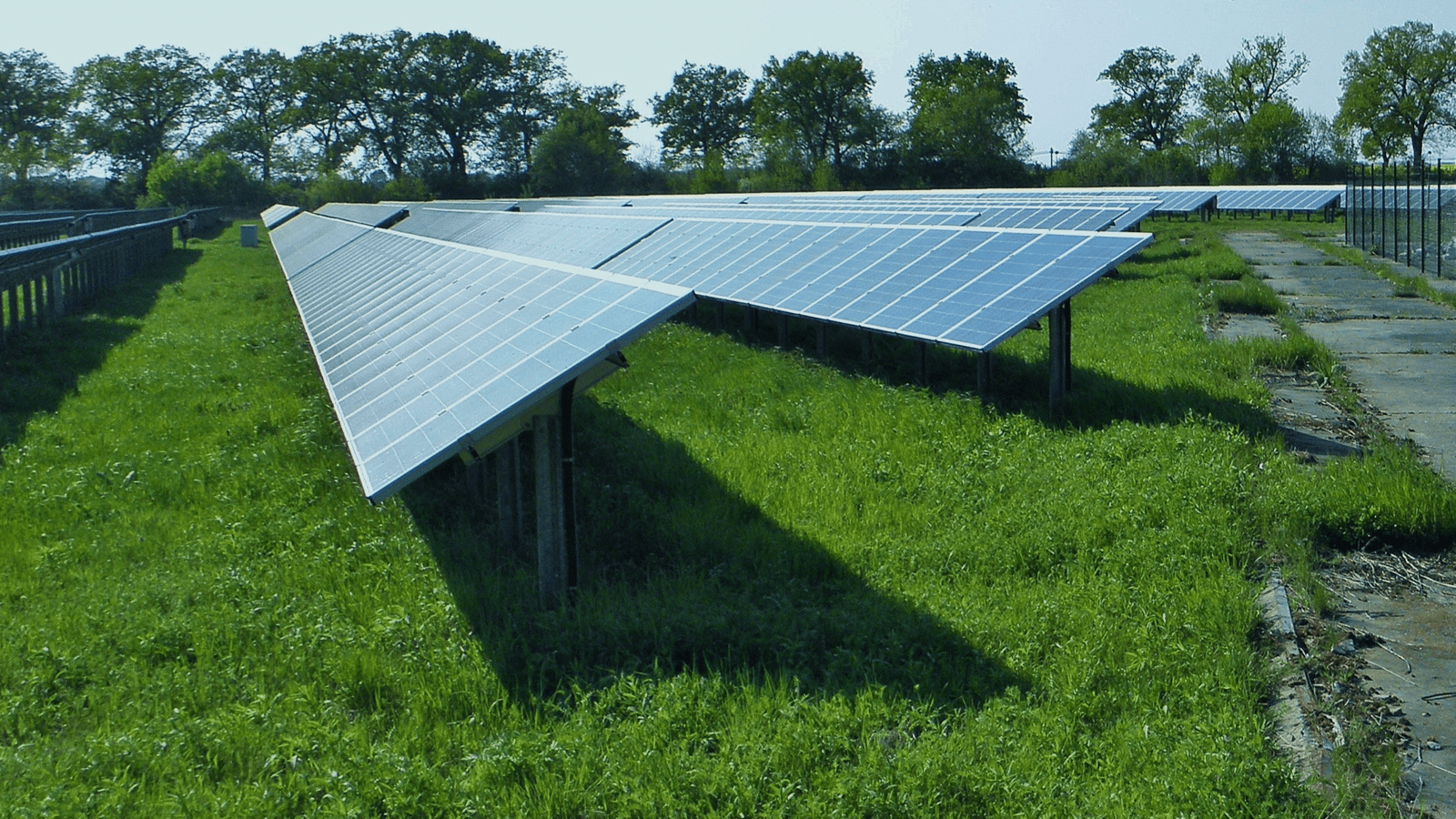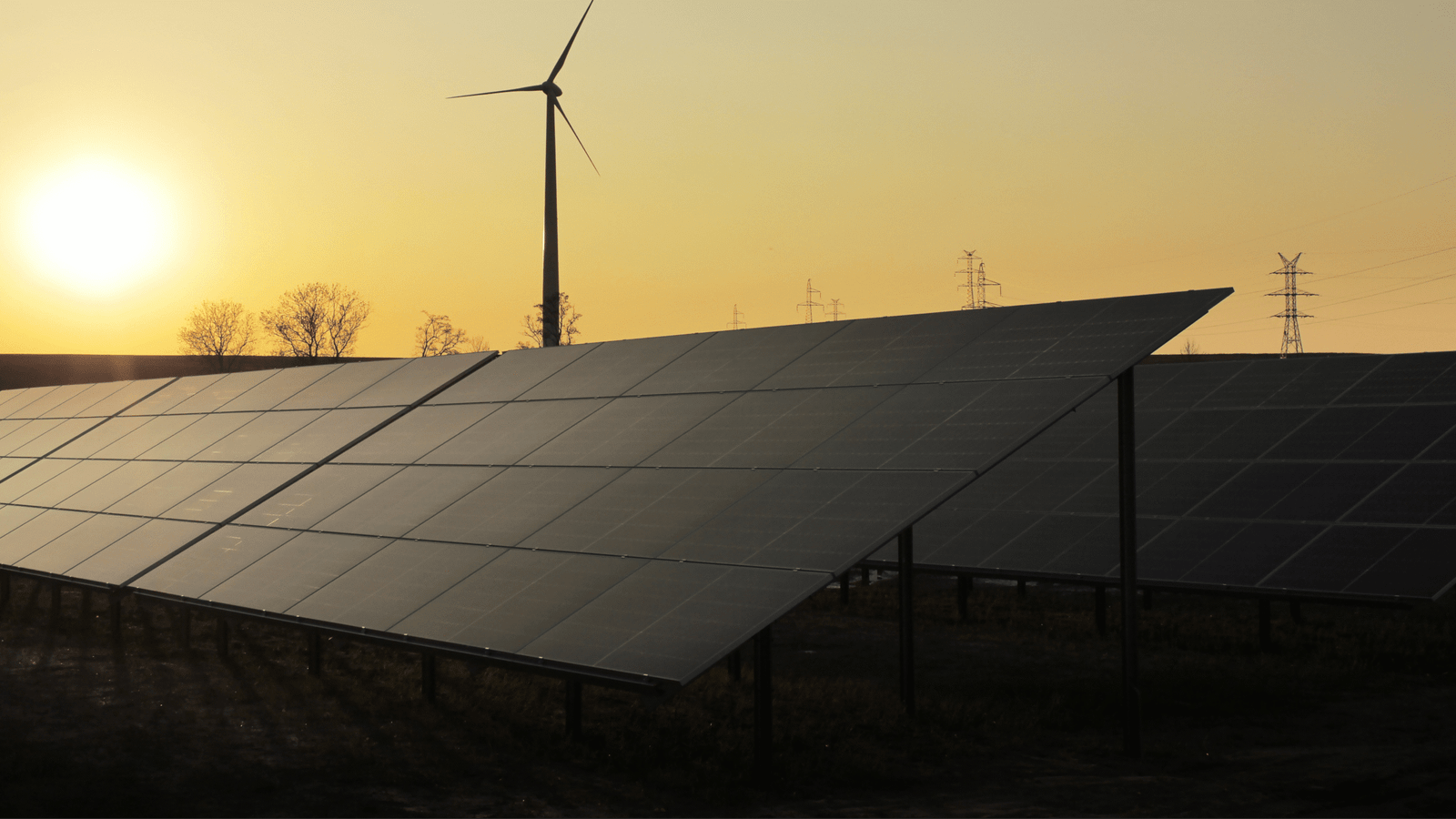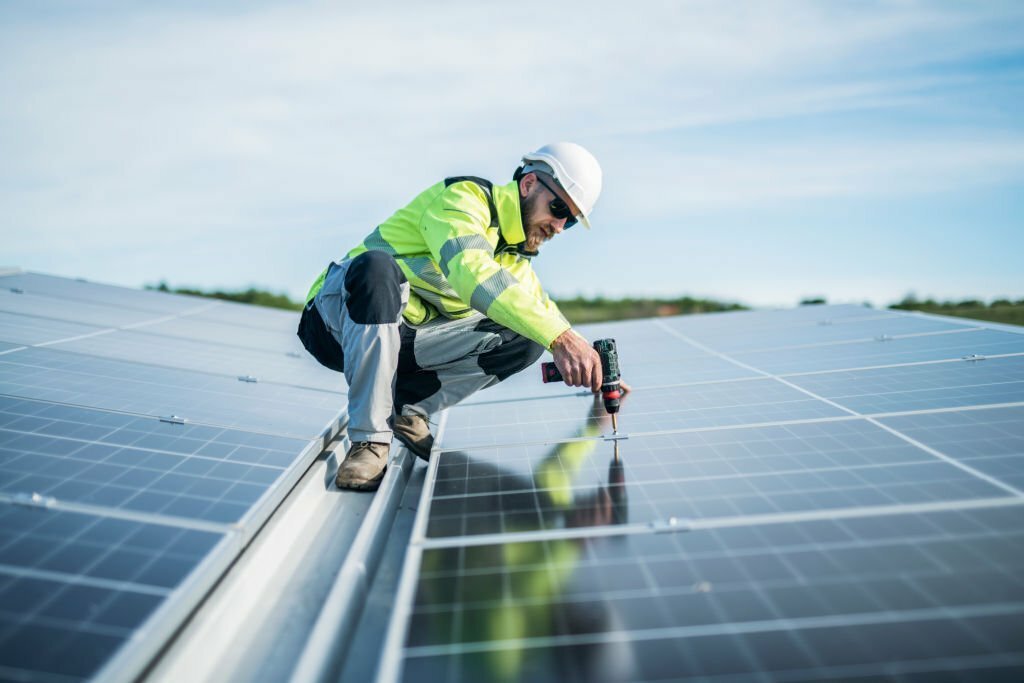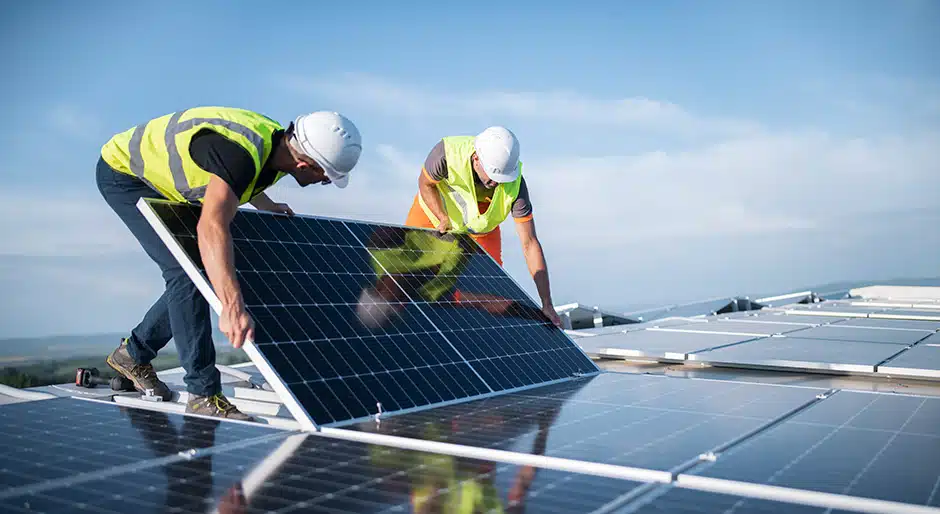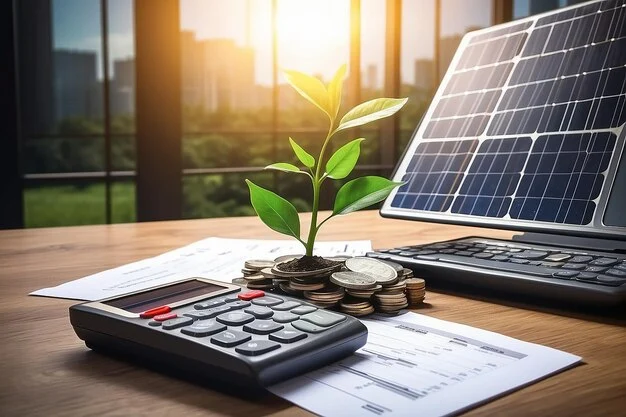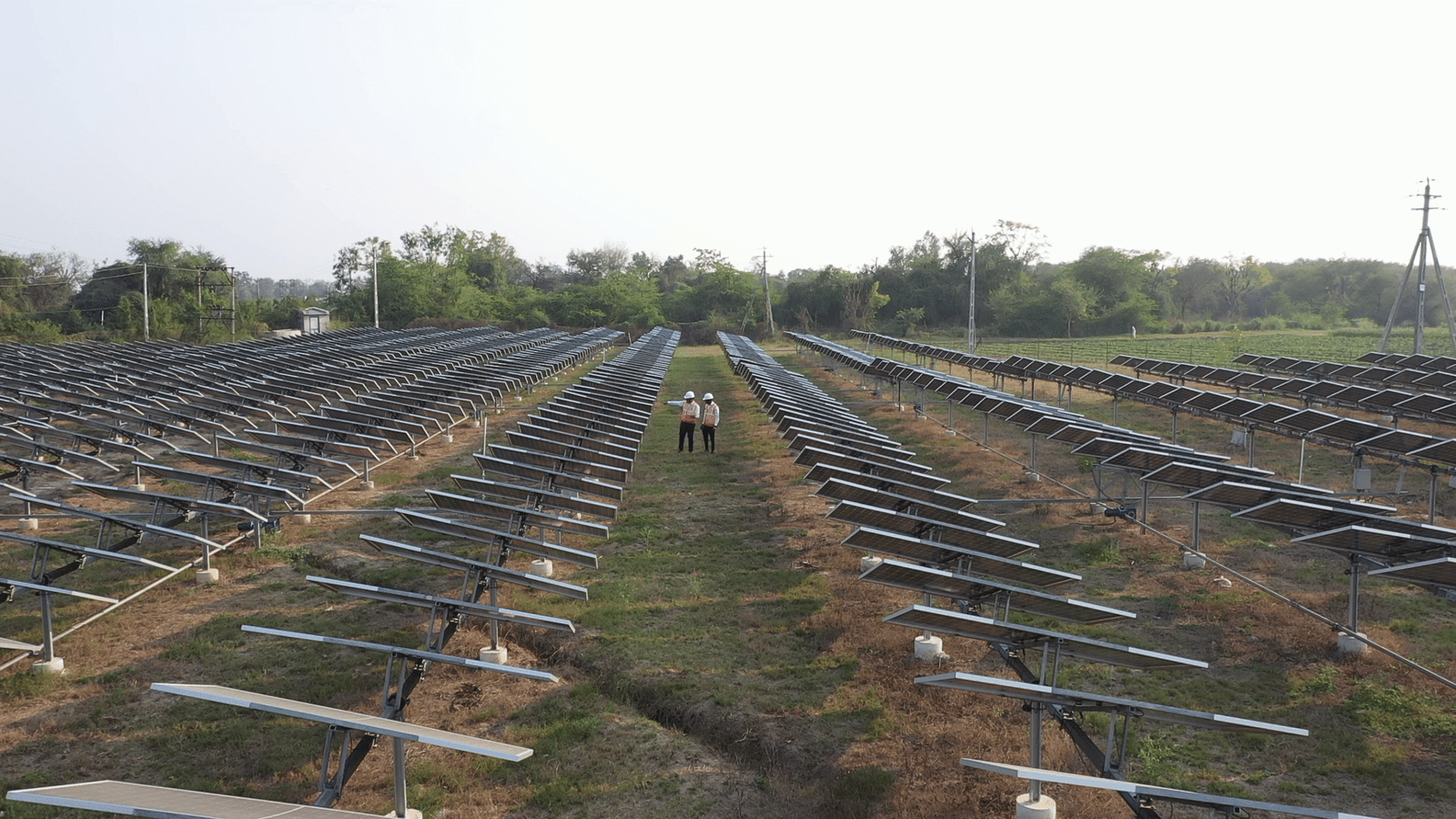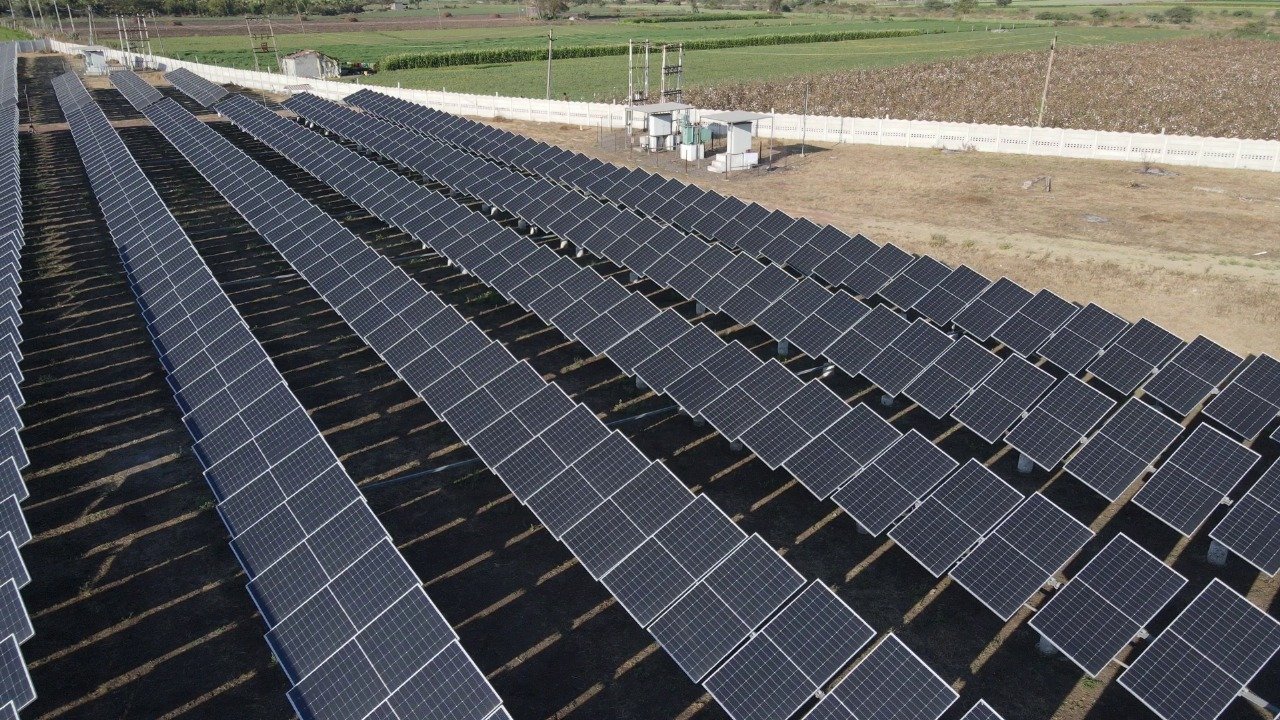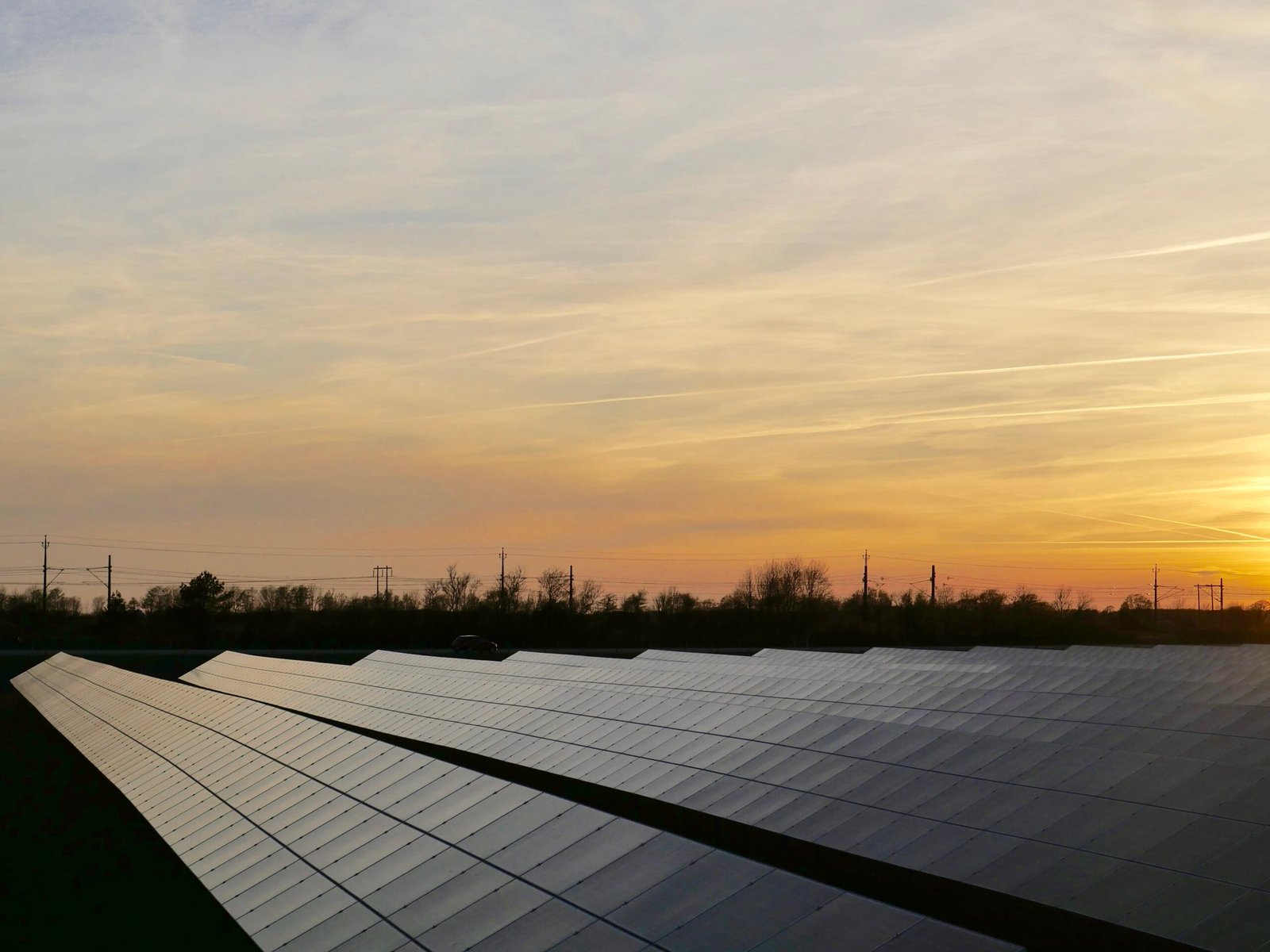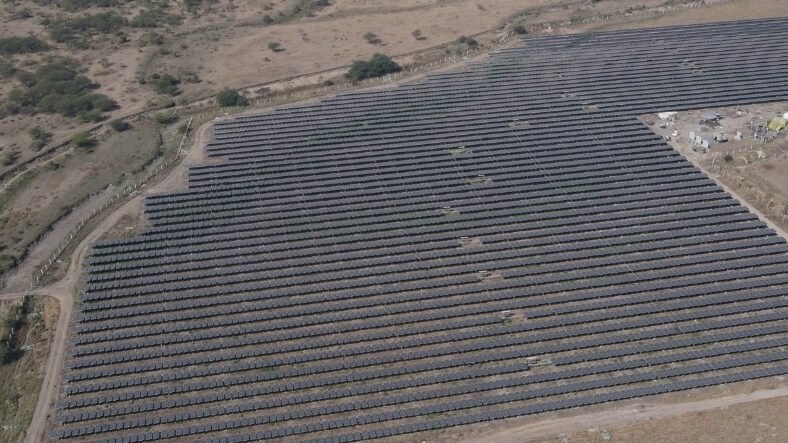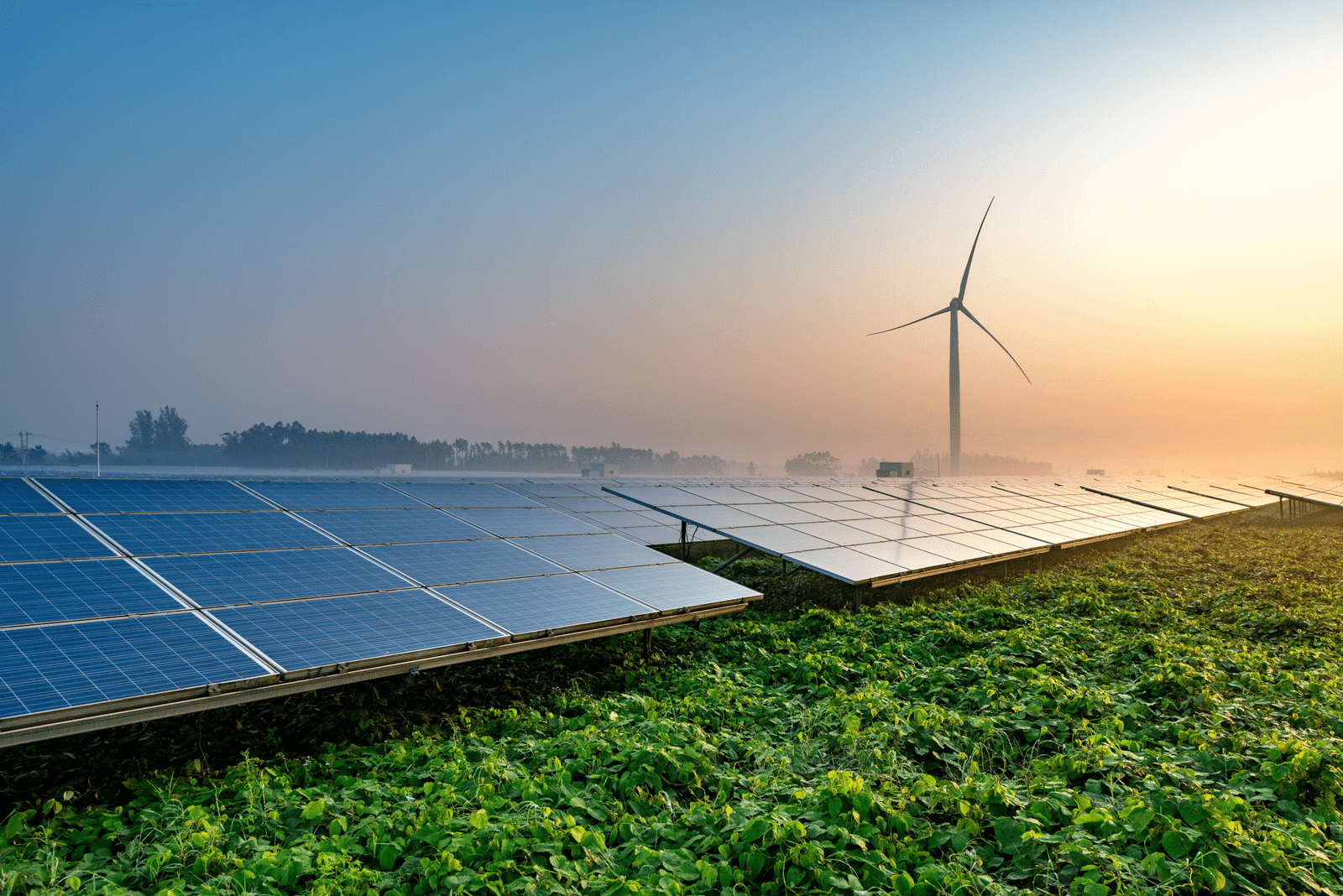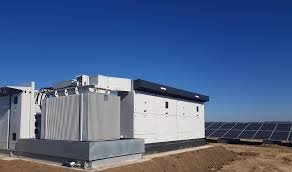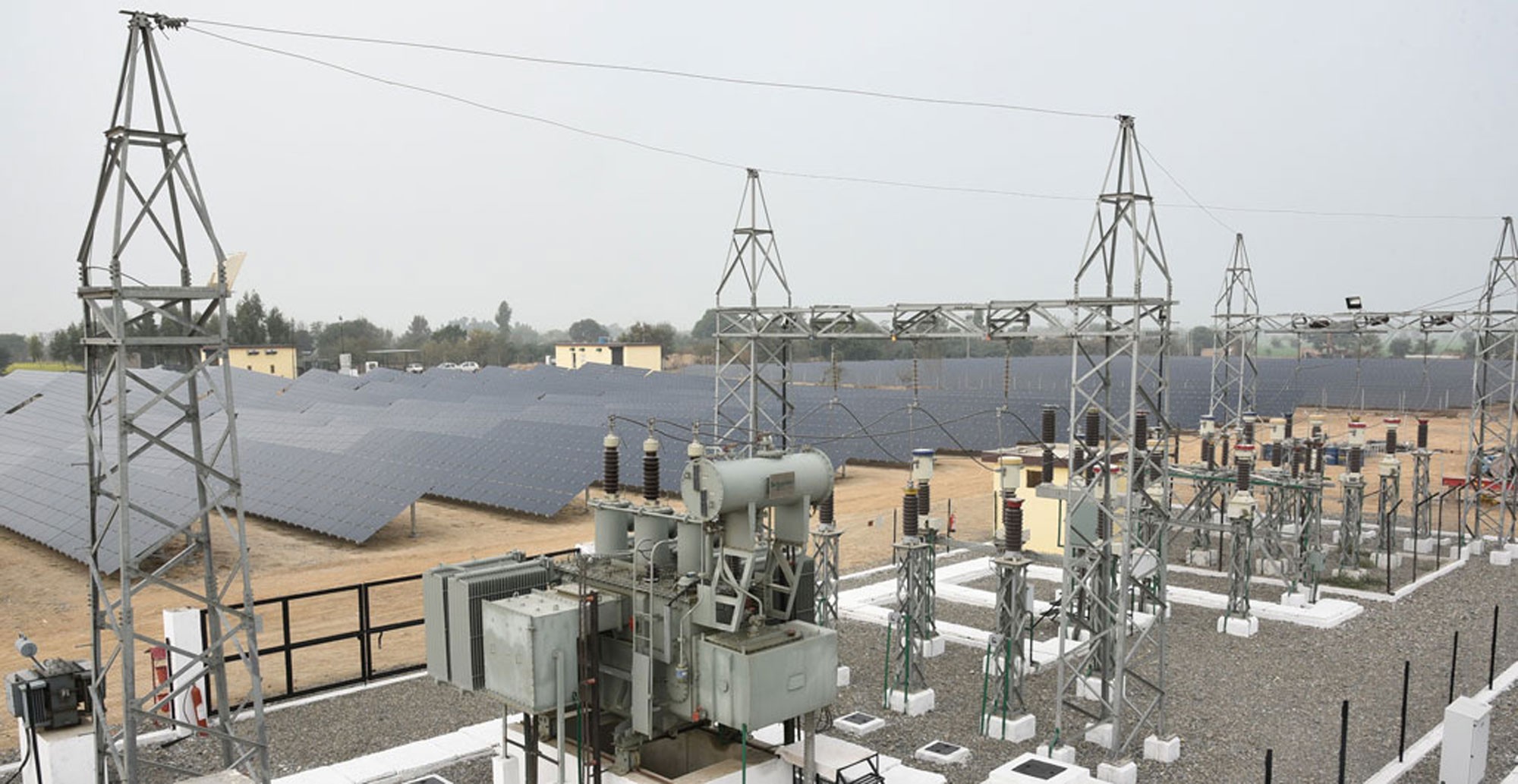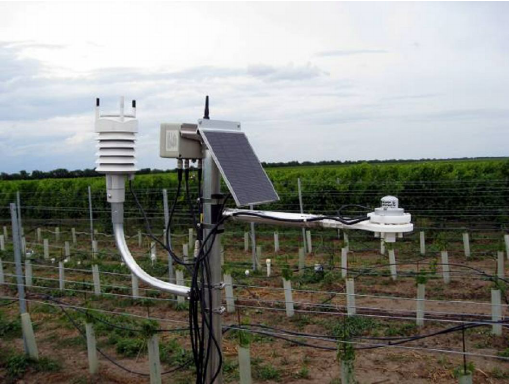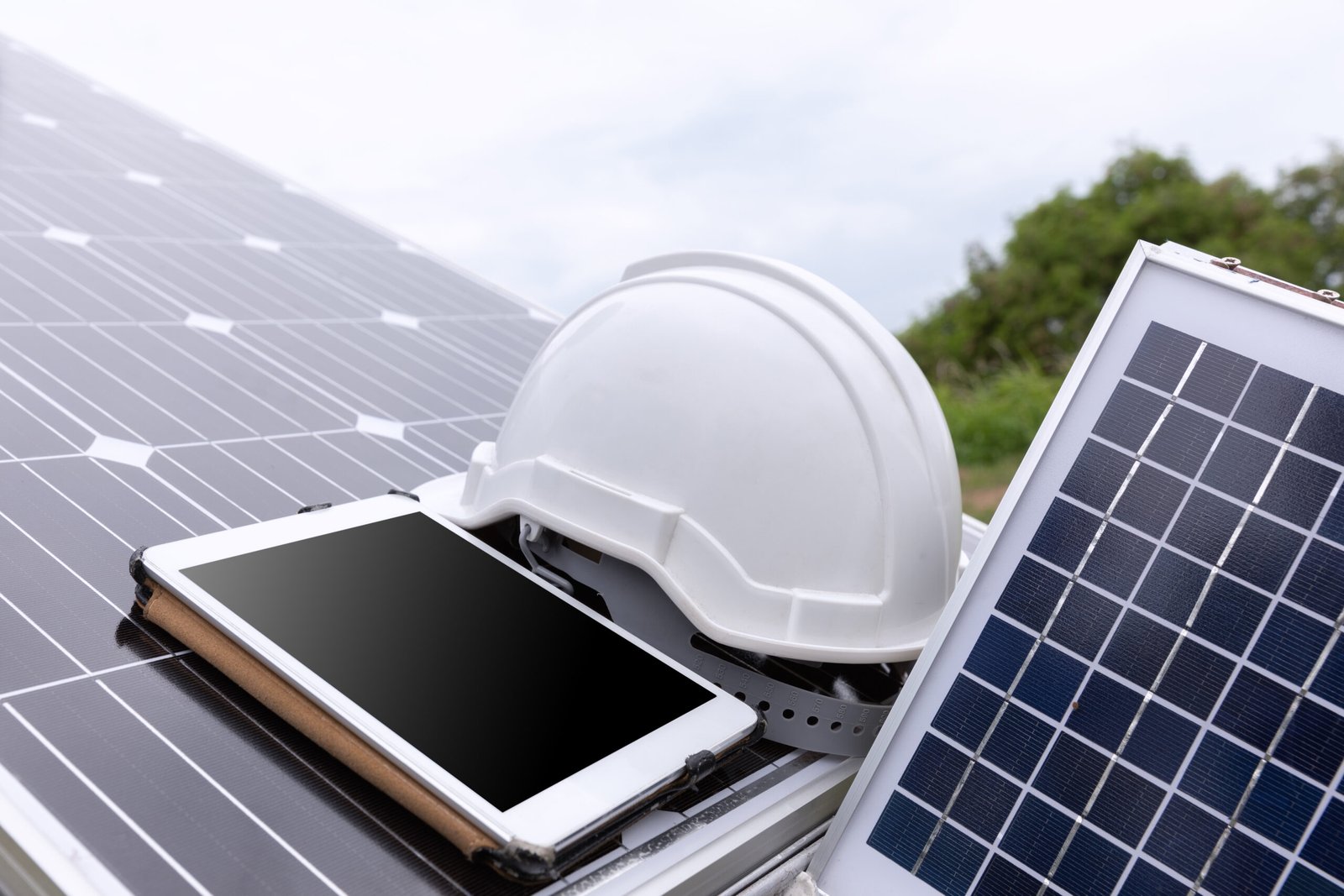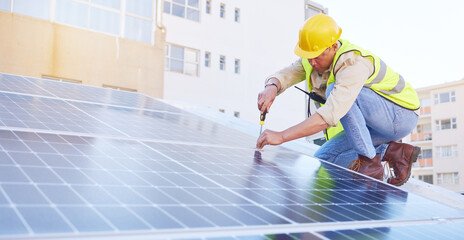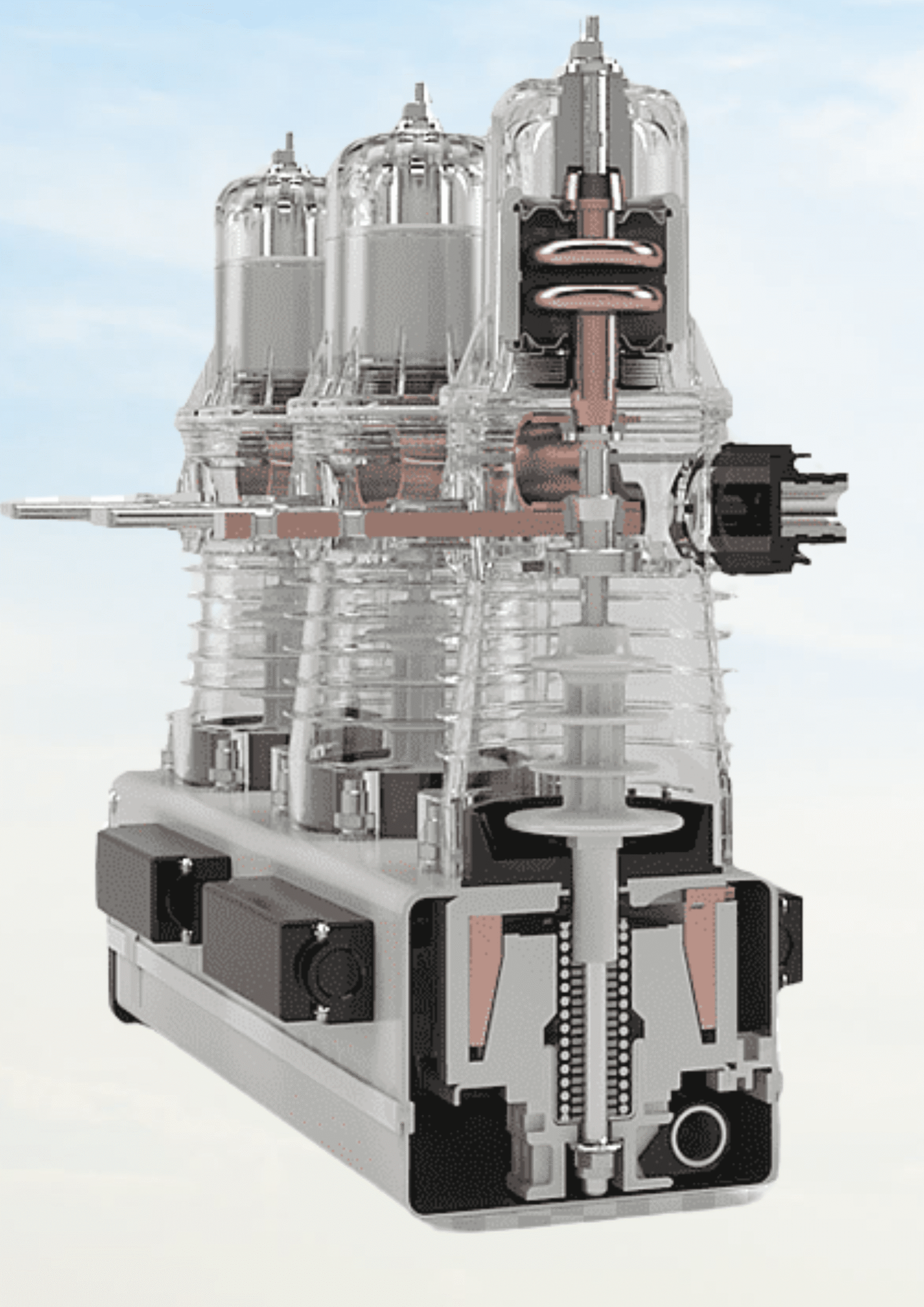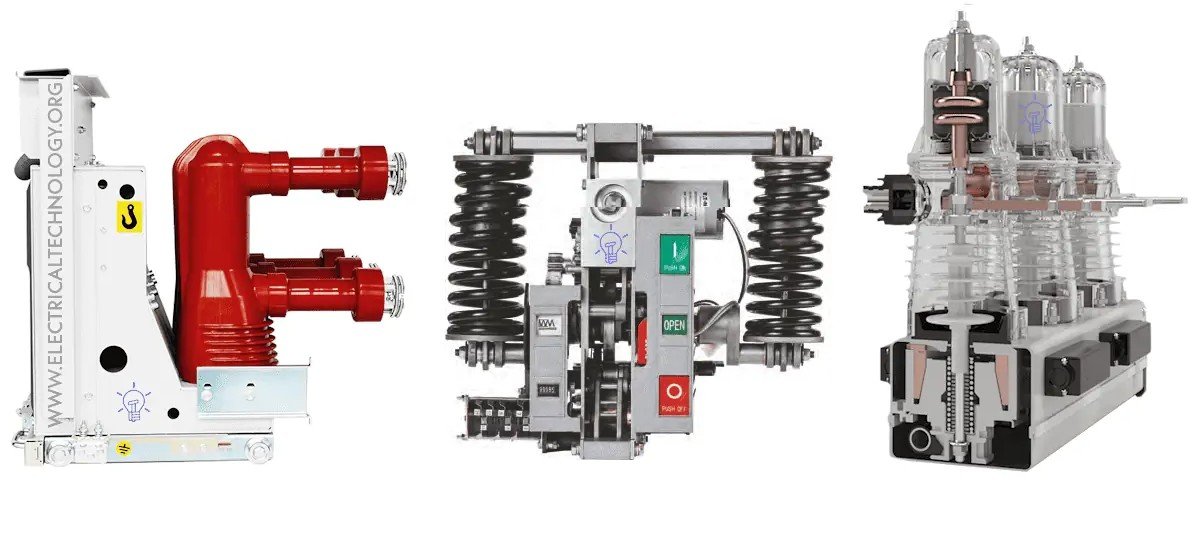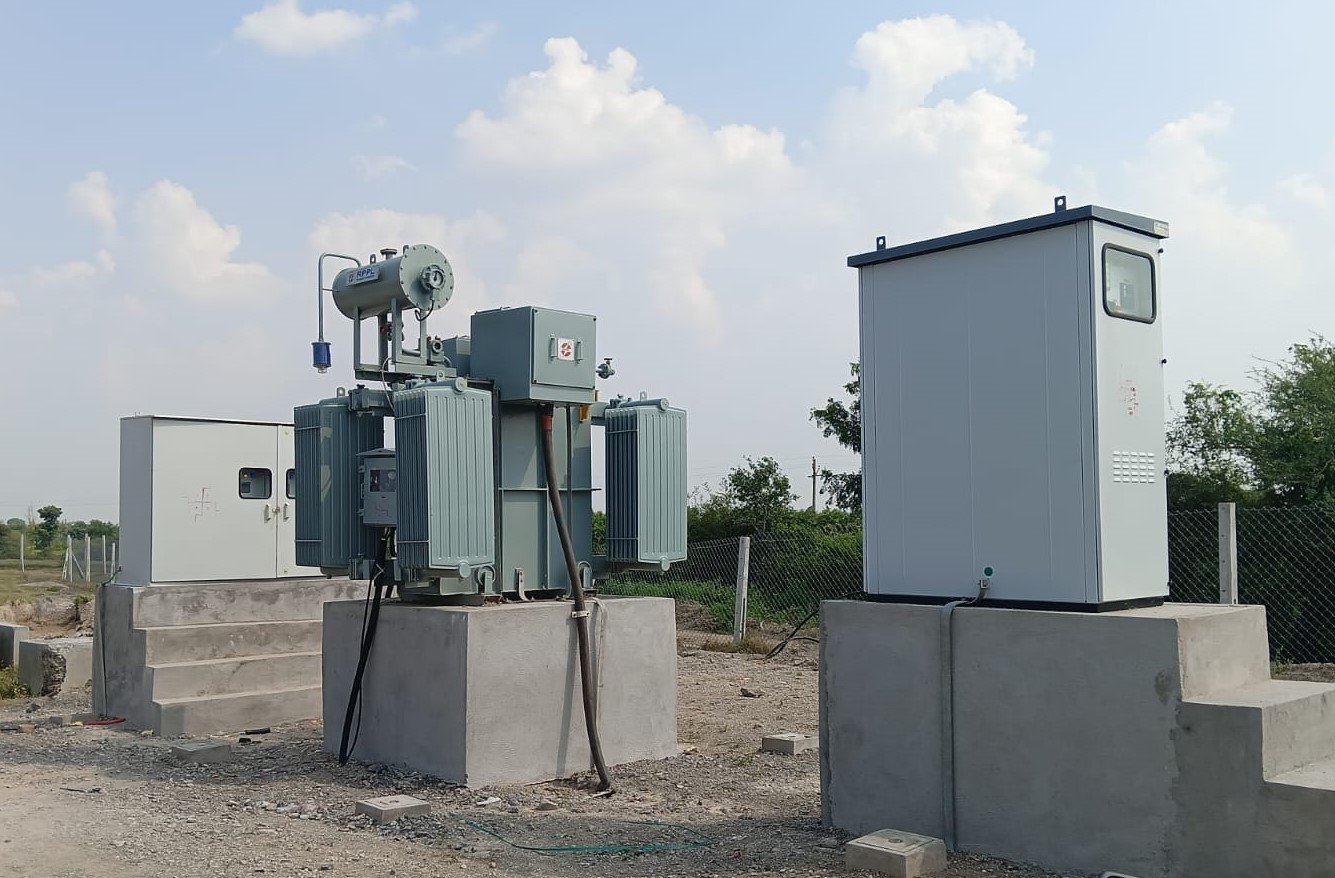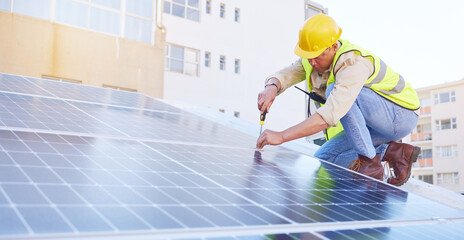In an era where energy efficiency, cost control, and sustainability define business success, industries are exploring alternative power solutions. Among them, captive solar panel power stands out as a game-changing solution for large-scale energy users. Captive solar panel enables industries to generate their own electricity through dedicated solar plants, providing cost-effective, reliable, and green power.
Table of Contents
This blog explores the concept of captive solar in detail, highlighting its benefits, mechanisms, cost structure, and implementation strategies for manufacturing facilities, commercial units, and large businesses.
What is Captive Solar Panel?
Captive solar panel refers to solar power plants owned by a single company or consortium for exclusive electricity use. This energy is generated on-site or off-site, and consumed directly by the same owner(s) through mechanisms like open access. Unlike traditional grid power, captive solar panel is installed for the exclusive use of a specific organization or group, rather than for sale to the grid or public consumption.
Types of Captive Solar Panel Installations
On-site Captive Solar Plant
Solar plants are installed on the premises of an electricity-consuming entity, such as rooftops, ground spaces, or parking lots. They connect solar panels to the facility’s internal power system without grid transmission, minimizing transmission loss. This method is quick to install and maintain, making it ideal for companies with ample roof or land space. Benefits include fast deployment, minimal transmission losses, direct utilization, and simplified operations.
Off-site Captive Solar Plant
A solar power plant is installed at a remote location, delivering electricity through the state utility grid under open access. This method is ideal for businesses with limited on-site space and maintains cost benefits by leveraging open-access policies. It is suitable for large manufacturers, multi-site companies, and industrial parks. However, it requires open access approval and may incur charges depending on the state. It ensures energy supply even in non-solar-friendly regions. Best for industrial clusters, large-scale manufacturers, multi-location businesses, and corporate parks.
Group Captive Solar
A solar plant is a joint venture between multiple users, each holding a minimum 26% equity stake, and collectively using at least 51% of the generated power. This type of solar plant is suitable for medium-scale businesses or co-located SMEs, and is exempt from certain surcharges under government rules. It requires legal and financial structuring and is best for MSMEs with limited budgets, industrial parks or SEZs, commercial buildings with multiple tenants, and housing societies. Benefits include shared CAPEX, exemption from cross-subsidy and additional surcharges, and significant per-unit cost reductions.
Key Features of Captive Solar Panel Projects
1. Asset Ownership & Control
Indian law requires consumers to hold a minimum 26% equity stake in a solar project, and for Group Captive setups, each participating entity must also hold a 26% stake and consume 51% or more of the generated power. Ownership ensures complete control over operations and energy output, allowing users to optimize O&M, uptime, and performance.
2. Exclusive Power for Self-Consumption
Captive solar panel projects generate electricity for self-consumption by the investing entity or group, requiring the consumer to consume at least 51% of the total generated power annually. This minimizes grid dependency and stabilizes internal energy flows, preventing power from being sold to the grid or external users.
3. Open Access & Wheeling Infrastructure
Off-site or remote captive solar panel projects use open access mechanisms to transmit electricity from the solar plant to the consumer’s facility through state electricity grids. This allows industries to build solar farms on remote land while still benefiting from clean power. Wheeling charges and transmission fees may apply, but cross-subsidy surcharge and additional surcharge are waived, reducing costs significantly.
4. Regulatory & Tax Benefits
Captive solar projects, governed by the Electricity Act, 2003 and Electricity Rules, 2005, offer cost advantages over regular grid tariffs through exemptions from CSS/AS, accelerated depreciation, GST input credits, custom duty exemptions, and long-term power purchase predictability, enhancing ROI.
5. O&M and Monitoring
Soleos Solar offers turnkey EPC services, real-time monitoring, analytics, and performance optimization, along with 25+ years of Operations and Maintenance (O&M), ensuring plant efficiency and compliance with regulations and grid standards, reducing complexity.

Benefits of Captive Solar Panel for Industries
1. Cost Savings
Captive solar panel energy offers industries a lower cost compared to grid power, with an average solar tariff of ₹2.5-₹4.5 per unit, compared to ₹7-12 per unit for grid power. Exemptions from cross-subsidy surcharges and additional surcharges further lower the landed cost. Annual savings range from 25% to 50%, allowing industries to plan budgets more efficiently. Tamil Nadu’s group captive model shows industries save 30-40% on electricity costs over 15-25 years.
2. Energy Security
Captive solar technology reduces dependence on unstable grid supply, ensuring consistent power even in unstable areas. It reduces transmission and distribution losses, reduces risk from rising electricity tariffs or policy changes, and enables load management during peak demand. This technology also boosts operational efficiency and reduces production downtime, making it a viable solution for industries.
3. Sustainability Goals
Solar power is a clean and renewable energy source that significantly reduces carbon emissions, contributes to net-zero goals, strengthens ESG performance, and is eligible for Renewable Energy Certificates (RECs) and green certifications. Adopting captive solar panel enhances brand value and stakeholder trust, while producing clean, renewable energy helps industries meet net-zero goals and enhances brand image and attractiveness to investors.
4. Regulatory & Financial Incentives
Captive solar projects in India qualify for accelerated depreciation, GST credits, and state-level subsidies, allowing them to save around ₹2–₹4/unit. These incentives, including accelerated depreciation, GST input credit, custom duty exemptions, and sale of Renewable Energy Certificates, significantly improve project ROI.
5. High Return on Investment (ROI)
Industrial solar installations offer a 3-5 year payback period, an IRR of 14% to 18%, and long-term gains from fixed energy costs for 20-25 years. Solar turns recurring expenses into long-term assets, with MSME pilots showing payback in 5-6 years and cash flows lasting 25 years.
Captive Solar vs. Third-Party PPA: What’s the Difference?
Captive Solar (Open Access)
The customer (or a group of customers in a group captive setup) invests in a solar plant, either alone or via an SPV with ≥ 26% equity, and must use ≥ 51% of electricity generated for their own consumption.
Third-Party PPA (Open Access)
A solar developer (IPP) owns and operates the plant entirely. The industrial or commercial user enters a long-term PPA to purchase power at an agreed rate—no upfront investment in the plant required.
| Feature | Captive Solar | Third-Party PPA |
|---|---|---|
| Ownership | ≥ 26% stakeholder in SPV | Developer owns 100% |
| Equity Requirement | Yes (≥ 26%) | No |
| Consumption Rule | ≥ 51% self-use of generated power | Not required |
| Upfront Investment | Yes—CAPEX or SPV equity | No initial investment (or minimal) |
| Tariff Savings | High—25–40% (waiver of CSS/AS) | Moderate—25–45%, but CSS/AS apply |
| Regulatory Surcharges | CSS/AS waived due to captive status | CSS/AS typically apply unless waived regionally |
| Tax Incentives | Eligible for AD, GST credits, RECs | Less eligibility—RECs may still apply |
| O&M Responsibility | Consumer/SPV handles O&M | Developer handles all O&M |
| Control Over Asset | Full or shared control | Minimal control—buyer of power only |
| Risk & Liability | More (generation shortfall, maintenance) | Developer assumes most risks |
| Ease of Adoption | Complex structuring & approvals | Simpler contracts and implementation |
| Ideal For | Companies with CAPEX ability and control needs | Companies wanting simplicity and no CAPEX |

How Captive Solar Panel Works
1. Assess Energy Demand & Site Potential
- Industries assess their annual electricity consumption and determine if solar can meet 70-80% of their needs. They choose between on-site installation (rooftop or ground) or off-site solar farms via open access. For example, a manufacturing unit consuming 5 MW annually may target a 3 MW solar capacity under captive mode. This process helps determine the most suitable solar solution for their needs.
2. Choose the Captive Model
- Indian law has two captive models: Individual Captive Model, where a consumer owns 26% equity in a solar plant and consumes 51% of the annual power generated, and Group Captive Model, where multiple consumers co-invest and collectively consume 51% of the generated power. These models are legally defined under Rule 3 of the Electricity Rules, 2005. Indian businesses can choose between these captive models. A Supreme Court ruling affirmed these percentages and introduced a proportionality check to prevent misuse.
3. SPV Formation & PPA
- A Special Purpose Vehicle (SPV) is established to legally own and operate a solar plant, with captive consumers holding a minimum of 26% equity. A 15-25 year Power Purchase Agreement (PPA) is signed between the SPV and users, ensuring stable pricing and legally documented equity holding and power usage criteria. The PPA typically spans 15-25 years with fixed tariffs.
4. Solar Plant Development
- Solar panels can be installed on rooftops or ground within industrial premises, directly supplying power into the internal electrical system. Off-site Captive Solar Panel (Open Access) involves developing a larger solar farm in a different location, requiring approvals from the state electricity board, SLDC, and energy banking consent. States like Maharashtra, Gujarat, Tamil Nadu, and Karnataka have favorable open access policies.
Legal & Regulatory Framework for Captive Solar Panel in India
1. Definition under Electricity Rules, 2005
- Rule 3(1)(a) of the Electricity Rules, 2005 requires a captive generating plant (CGP) to have at least 26% equity held by the captive user(s) and consume at least 51% of the electricity generated annually. The rules were amended in June 2023, briefly altering the equity requirement for each captive user, but reverted in September 2023. These conditions are mandatory for accessing exemptions like Cross Subsidy Surcharge (CSS) and Additional Surcharge (AS) under the Electricity Act.
2. Supreme Court Interpretation (October 2023)
- A landmark judgment mandates users to consume power proportional to their shareholding, preventing “gaming” where an entity holds 26% equity but uses more than 51% of the power. Compliance is enforced throughout the financial year, aligning with captive policies’ spirit of self-use. The ruling aims to prevent gaming through minimal stake with disproportionate power offtake.
- Introduced a “proportionality formula” to prevent misuse:

3. SPV Structure & Affiliate/Holding Companies
- The 2023 amendments to the Special Purpose Vehicle (SPV) regulations have expanded the definition of captive projects to include power consumed indirectly through holding or subsidiary companies, not just affiliates. The amendment has replaced the term ‘captive user’ with ‘captive user(s),’ meaning each captive user must hold a minimum of 26% ownership interest individually. This means there can be a maximum of three captive users in a group captive structure. However, no analogous change has been made in the remaining part of Rule 3, suggesting the substitution is an inadvertent error.
4. Central Electricity Authority (CEA) Oversight
- The Central Electricity Authority (CEA) ensures national-level compliance for inter-state projects, while State Electricity Regulatory Commissions (SERCs) frame state-specific open access policies, banking, and wheeling charges, and Distribution Companies (DISCOMs) facilitate energy wheeling and enforce compliance within their jurisdiction.
5. Open Access (Green Energy Open Access Rules, 2022)
- The Ministry of Power has announced rules to make renewable energy more accessible, allowing captive and group projects above 100 kW to be eligible. Open access approvals must be granted within 15 days, and no CSS or AS are allowed for captive consumption. Banking is allowed, subject to state regulations, and charges (transmission, wheeling) are permitted. These rules aim to simplify access, reduce delays, and lower costs for captive solar panel projects.
6. Financial Incentives & Tax Benefits
- Captive solar panel can qualify for accelerated depreciation, GST credit, Renewable Energy Certificates (RECs), and state subsidies or waivers on wheeling charges, banking, etc. These incentives significantly enhance project viability and ROI, with up to 40% in the first year. Many SERCs waive CSS, transmission, and wheeling charges, making them attractive for solar plant investors.
Steps to Set Up a Captive Solar Power Plant
1. Feasibility & Site Survey
- To determine the ideal capacity of a captive solar panel, analyze your facility’s annual electricity consumption, peak load requirements, and operating hours, conduct a load analysis, evaluate solar potential, land/rooftop availability, grid connectivity, and environmental considerations.
2. Select Model & Form SPV
- Choose between individual captive or group captive models, with each holding ≥26% equity and collectively consuming ≥51% of output. Form an SPV for off-site or group models, finalize equity structure, and draft shareholder agreements. For group captive or off-site plants, create a dedicated company to own and operate the plant, hold equity on captive consumers’ behalf, and sign legal agreements.
3. Conduct Site & Feasibility Analysis
- To determine suitable land or rooftop space for off-site plants, analyze solar irradiance, shadow-free area, and soil condition. Assess proximity to grid infrastructure, including substations and open access lines. Identify suitable land based on sunlight exposure and DISCOM substations. Handle land rights, including purchase or lease, and complete land-use change approvals if agricultural land is involved.
4. Operations & Maintenance
- Enter a long-term O&M contract for 20-25 years, implement performance monitoring, remote diagnostics, and scheduled maintenance. Track key metrics, schedule panel cleaning, monitor system performance via digital dashboards, and maintain ≥51% captive use. Preventive O&M ensures consistent performance and avoids penalties.
5. Obtain Regulatory Approvals
- To access off-site or group captive projects, applicants must apply for open access clearance from SLDC/DISCOM, secure state-level permissions like environmental clearances, NOCs, and connection approvals, and submit documents like site diagrams, connectivity schemes, and PPA. Depending on project size and location, applicants may also apply for Open Access Clearance, Grid Connectivity from DISCOM or STU, Environmental & Local NOCs, and net metering approval.

Financial Models of Captive Solar Panel
| Feature | CAPEX | OPEX / PPA | Loan/Lease Hybrid |
|---|---|---|---|
| Upfront Cost | High (100% CAPEX) | Zero | Moderate (30–80% CAPEX) |
| Ownership | Yes | No | Yes |
| Tax Incentives | AD, GST credit, RECs | Benefits accrue to provider | Shared |
| Maintenance Responsibility | Company / EPC | Developer | Shared or contracted |
| Energy Tariff Cost | Lowest LCOE | 20–40% cheaper vs. grid | Between CAPEX & OPEX |
| Complexity | High (O&M, financing) | Low (PPA-based) | Moderate |
| Suitability | Companies with CAPEX & control | Businesses needing simplicity | Balance of cost and control |
Real-World Applications of Captive Solar Panel
1. Industrial Manufacturing Giants
- Mahindra & Mahindra (Parbhani, Maharashtra): It has installed a 60 MWp captive solar panel by ReNew Power, which powers four manufacturing units. The plant generates approximately 100 million kWh annually, saving approximately 28-32 crore annually and reducing around 79,000 tonnes of CO₂ per year. This initiative represents a model for large-scale auto manufacturers to lead in green energy adoption, accounting for 32% of their Scope 2 emissions.
- Jindal Stainless (Jajpur, Odisha): India’s largest single-campus captive solar panel project, located in Jajpur, Odisha, has a capacity of 30+ MWp, powering the entire stainless steel manufacturing facility. The project generates approximately 44 million units annually, reducing 32,200 tonnes of CO₂ emissions annually. It utilizes existing water bodies for floating installations, maximizing land and water resources for sustainable production.
2. Smaller Scale Group Captive Projects
- Xpro India: A 3.125 MW captive solar panel in Maharashtra, has generated 7.13 million units per year and reduced approximately 2,281 tonnes of CO₂ emissions. The plant, developed by CleanMax, is a significant example of the viability of captive solar panel for mid-sized industries. Xpro India Limited is a diversified company with a strong commitment to polymer processing and strong governance practices. As the only established Indian manufacturer of “Dielectric/Capacitor Films” and a leader in supplies of Sheets/Liners to the Indian refrigerator industry, Xpro is a family-led and professionally managed company. Its focus is on continuous product development and high customer service levels.
- Anand Group: Avaada Energy’s 4.4 MWp AC plant in Maharashtra powers component manufacturing plants, generating approximately 10 million units annually and reducing approximately 5,500 tonnes of CO₂ emissions annually, making it ideal for companies focusing on low-carbon supply chains.
- Raymond Group: Raymond Group has installed a 2.5 MW open-access setup in Ahmednagar, Maharashtra, enabling shared equity (26%), generating 3.8 million kWh, and saving electricity costs by half. This is particularly beneficial for textile manufacturing, as it reduces power costs from ₹4/unit to ₹1.5/unit.
Challenges in Captive Solar Panel Implementation
Complex & Slow Regulatory Approvals
India’s electricity regulations are complex, requiring multiple agencies to approve various permits, including open access, wheeling, banking, and environmental NOCs. The lack of a single-window clearance system results in delays, escalating costs, and project timelines. The state-wise and central electricity regulations also present challenges, such as multiple permits, no unified system, and varying state rules. Partnering with experienced EPC firms can streamline approvals.
High Open Access Charges & Tariff Volatility
Captive solar panel users face various charges, including wheeling and banking, cross-subsidy surcharge (CSS), and additional surcharge (AS). Some states, like Maharashtra, Gujarat, and Karnataka, periodically revise these charges, reducing the cost advantage of solar energy. Group captive structures and state-specific tariff planning can minimize impact. New state-level levies and frequent changes in charge structures further increase tariffs.
Grid Infrastructure & ISTS Bottlenecks
Limited transmission infrastructure and delayed substation commissioning cause grid congestion and power curtailment. Slow claims for ISTS charge waivers add financial uncertainty. This leads to solar power cancellation, interconnection delays, and higher costs due to private evacuation lines. Early feasibility assessments and collaboration with utilities can mitigate these risks.
Land Acquisition & Local Opposition
Solar developers face challenges in acquiring land for ground-mounted or off-site captive solar panel, including title-clearance issues, opposition from local communities or farmers, and delays in conversion from agricultural to industrial use. They must engage local stakeholders and ensure due diligence, especially in densely populated regions where farmers and communities may resist.
Financing & High CapEx Barriers
Solar projects require substantial upfront investment, making them unaffordable for smaller industries. Bank debt is available, but many lack creditworthiness for long-term financing. Financing options may be limited by credit history, weak financials, long debt approval cycles, and lack of awareness of green finance schemes. Hybrid or lease models can alleviate CapEx burdens.
Policy Uncertainty & DISCOM Resistance
DISCOMs often resist captive and open-access solar projects due to reduced revenue from high-paying industrial consumers. Issues include deliberate delays in granting permissions, sudden withdrawal of incentives or banking facilities, and restrictive clauses in connectivity agreements. A proactive legal and policy team can manage risk and handle objections, while state-level policies vary widely.

How to Overcome These Challenges?
- Handling equipment supply chain disruptions: Source components from domestic manufacturers, pre-book orders, maintain buffer inventory, and participate in Production-Linked Incentive schemes for Indian-made solar modules.
- Streamlining regulatory approvals: Partner with EPC firms, use single-window clearance portals, stay updated on state-specific solar policies.
- Overcoming land acquisition hurdles: Use industrial rooftops, brownfield sites, floating solar on water reservoirs, and leasing land in renewable energy parks.
- Solving financing and capital barriers: Use hybrid models, government-backed subsidies, and AI-powered monitoring.
Captive Solar ROI & Payback Period
| Installation Type | Capacity | CAPEX (Approx.) | Annual Savings | Payback Period | ROI Estimate |
|---|---|---|---|---|---|
| Rooftop Solar (Industrial) | 1 MW | ₹4–4.5 Cr | ₹65–80 Lakhs | 4–6 years | 20–25% |
| Ground-Mount Captive Plant | 2 MW | ₹8–9 Cr | ₹1.5–1.8 Cr | 4–5 years | 22–30% |
| Group Captive (Shared Users) | Varies | Shared investment | ₹30–90 Lakhs/user | 3–5 years | 20–28% |
| OPEX/RESCO/PPA Model | 0 CAPEX | Nil upfront | Savings via PPA | 6–8 years | 12–18% |
Savings on tariffs (₹3–₹5/unit) and exemption from CSS and AS make captive solar panel financially attractive within a few years.
The Role of Technology in Captive Solar Panel
- Advanced Technology Revolutionizing Captive Solar Panel Installations
- Smart monitoring and IoT integration: Enables real-time performance tracking, predictive maintenance, and automated maintenance.
- AI and ML algorithms: Analyze historical data and predict potential issues, boosting system uptime and efficiency.
- Drone surveillance and robotic cleaning: Used in large ground-mounted captive solar panel installations, especially in arid regions.
- Smart inverters and energy management systems: Detect issues down to the module level and manage synchronization with utility grids.
- Battery energy storage systems (BESS): Integrate solar with storage, enabling peak shaving, backup power, energy arbitrage, and increased energy independence.
- Blockchain-based systems: Exploring transparent energy accounting, smart contracts for peer-to-peer energy trading, and auditable renewable energy credit tracking.
The Future of Captive Solar Panel in India
- India’s captive power generation market is projected to grow at a CAGR of 8.5%, reaching ~₹1.74 trillion by 2029.
- Current captive generation capacity exceeds 11 GW, with solar and wind-based CPPs steadily rising.
- Renewables now constitute ~8% of captive power, with hybrid solar + wind + storage solutions being increasingly installed.
- Industrial players are scaling up, with major players like Maruti Suzuki planning to scale up to 319 MWp captive solar panel by FY 2021.
- State-scale BESS systems are being deployed to supply clean energy to industries at Re 1/unit above tariffs.
- India is considering subsidies to scale domestic polysilicon and ingot capacities.
- Transition to hybrid & RTC Systems is gaining appeal, with Gujarat, Andhra Pradesh, and Rajasthan having supportive policies for such models.
- Decentralization & New Applications are expanding through solar manufacturing zones and industrial clusters, with captive solar panel expanding through C&I rooftops, agrivoltaics, canal & floating solar, and solar carports.
- The trend toward peer-to-peer energy trading and blockchain-enabled microgrids is gaining traction.
- Captive solar panel is set for a transformative evolution in India, driven by policy advancements, technological breakthroughs, and increasing corporate demand.
Why Choose Soleos Solar for Captive Solar Projects?
- Soleos Solar has over 12 years of experience in delivering customized solar EPC projects across India, Europe, UAE, and Africa.
- The company has completed 120+ projects totaling 350 MW+ and is recognized for delivering Asia’s largest solar carport at Honda (2016) and leading solar EPC in Gujarat (8.33% market share).
- Soleos offers technology-driven solutions such as TPSAT single-axis trackers, smart inverters, battery-ready infrastructure, AI-based monitoring, and advanced SCADA systems.
- The company provides comprehensive services including site assessment, engineering, procurement, permits, construction, and commissioning, ensuring plug-and-play delivery.
- Soleos offers customized captive solutions, including CAPEX, OPEX/PPA, and hybrid financing models.
- The company has secured ₹48–75 Cr+ in recent funding to boost manufacturing and working capital, and provides in-house policy expertise for navigating open access, CSS/AS exemptions, and state-specific regulatory frameworks.
- Soleos ensures high standards of quality control from procurement through commissioning, with reliable long-term O&M support with SCADA-based monitoring and predictive maintenance.
- The company offers solutions ranging from rooftop to large-scale ground mounts and floating solar parks, and a scalable model ready for future hybrid integration.
Conclusion
Captive solar Panel is not just a trend—it’s a strategic shift toward self-reliant, cost-effective, and environmentally conscious energy use. With rising grid tariffs, policy incentives, and the urgency to meet ESG targets, now is the ideal time for industries in India to harness the sun and control their energy future. Whether you’re looking to cut operational costs, stabilize long-term power expenses, or reduce carbon emissions—captive solar panel offers unmatched ROI, reliability, and regulatory advantages.n.
Soleos Solar offers turnkey captive solar panel solutions, spanning feasibility, finance, engineering, and execution. With 12+ years of experience, 450+ MW project portfolio, and expertise across rooftop, ground-mount, and group captive models, they ensure a smooth, strategic, and sustainable energy future.
